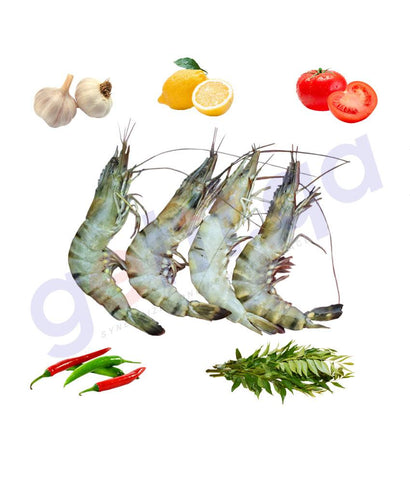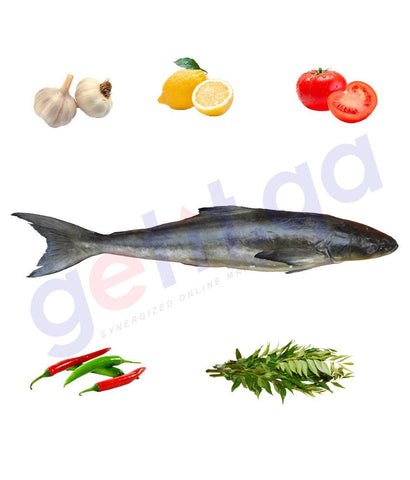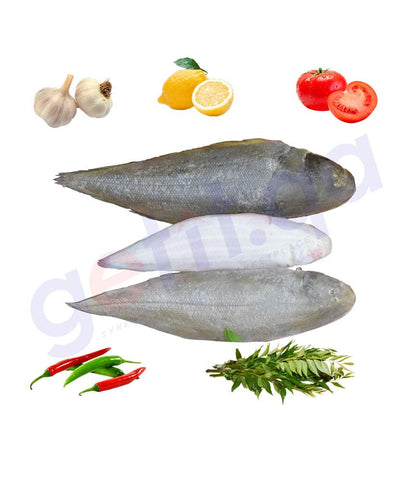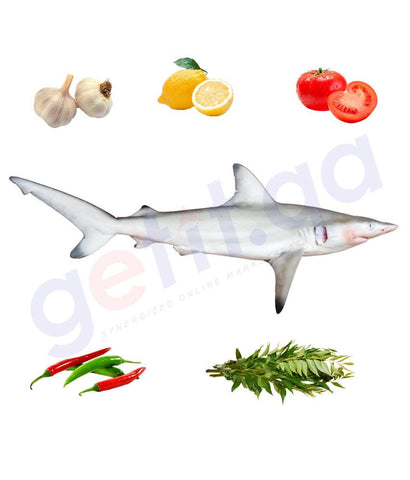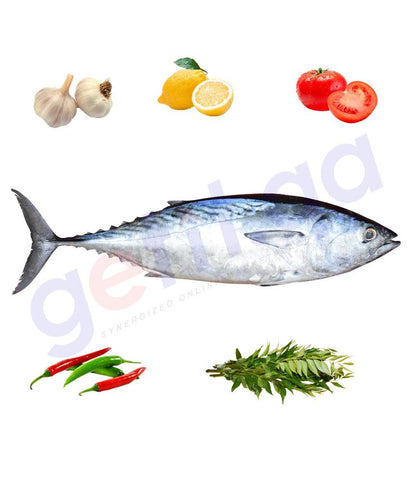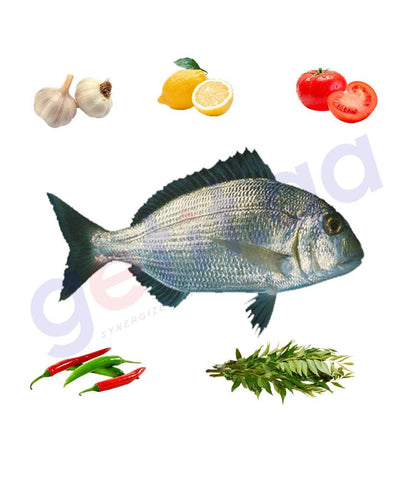| Environment / Climate / Range |
The longnose trevally is similar to other jacks in its overall body profile, having a strongly compressed, ovate shape as a juvenile, gradually becoming more oblong with age.[5] It is a moderately large fish, recorded up to 72 cm in length and 4.35 kg in weight.[4] The dorsal profile is more convex than the ventral profile. One of the species major diagnostic characters is its snout shape, having a gently sloped dorsal profile from the nape to near the snout, but becoming abruptly vertical just before the mouth cleft.[3] Both of the jaws contain anteriorly widening bands of small villiform teeth, with larger individuals also having a number of conical outer teeth. There are two separate dorsal fins, the first consisting of 8 spines and the second of 1 spine and 18 to 20 soft rays. The anal fin comprises two detached anterior spines, followed by 1 spine and 14 to 17 soft rays.[6] The lobes of both the soft anal and dorsal fin are falcate, with juveniles having the anteriormost rays extended into filaments. These are lost in adults, with the lobes becoming shorter than the head. The pectoral fins are long and falcate, not quite reaching the intersection of the arched and straight sections of the lateral line.[3] The lateral line is moderately curved anteriorly, with this section up to twice as long as the straight section, which has between 20 and 37 weak scutes present. The breast of the longnose trevally is scaleless, extending up to behind the pelvic fin origin and laterally to the pectoral fin base.[7] Five to 9 gill rakers occur on the first arch and 15 to 18 on the second arch, and the species has 24 vertebrae. |
| Distribution |
The longnose trevally is generally silver in colour, with the body and head greenish-blue above, becoming silvery with yellow-green reflections below. The operculum has a small black blotch on the upper margin. The dorsal and anal fins range in colour from whitish to pale yellow to dusky, with the membranes of soft anal fin rays often having a white spot at the base. The caudal and pectoral fins are pale to dusky yellow. Large adults often exhibit very dark head and fin colouration, nearing black. These fish are perhaps exhibiting mating or spawning colouration.[6] |
| Size / Weight / Age |
length of 72 cm and 4.35 kg |
| Short description |
The longnose trevally inhabits tropical to subtropical waters in the Indian and west Pacific Oceans, ranging from South Africa and Madagascar, north to the Red Sea and Persian Gulf, east to India, South East Asia, Indonesia, Japan and to Fiji. The longnose trevally has been reported from many west Pacific islands, indicating that it is widespread in this region. The species ranges as far north as the Okinawa, Japan and as far south as northern Australia and New Zealand.[4]. The longnose trevally is an inshore fish, normally found on coastal reefs[8] and occasionally in large protected bays. It appears to be more tolerant of dirty, turbid waters than most of it relatives, but is not seen in estuaries.[9] Juveniles reportedly inhabit shallow bays close to the coast, and are occasionally seen near beaches. Adults live in much deeper water, normally between 30 and 60 m, although have been recorded at depths of around 90 m.[3] |
| Biology |
The longnose trevally is an epibenthic predator, taking prey from the seafloor or just above it,[6] with only one study ever to thoroughly record its diet, which was carried out in the Gulf of Carpentaria of Australia. Here it was found its main prey were small fish, with considerable quantities of molluscs, brachyurans, and other crustaceans also taken.[10] In South Africa, the species is thought to prefer prawns as its major dietary component, with crabs and small fish also taken. The longnose trevally has a fairly soft mouth, which may partly determine its diet. Very little is known of reproduction in the species, although juveniles have been recorded from shallow coastal bays.[9]. The longnose trevally is of minor importance to fisheries throughout its range, taken by hook and line, bottom trawls, gill nets and various types of trap.[6] It is usually sold fresh, and is often not distinguished from other species of carangid. The species is occasionally caught by boat anglers, as well as beach fishermen on the South African coast. They take small baits and are considered good for eating.[9] |






